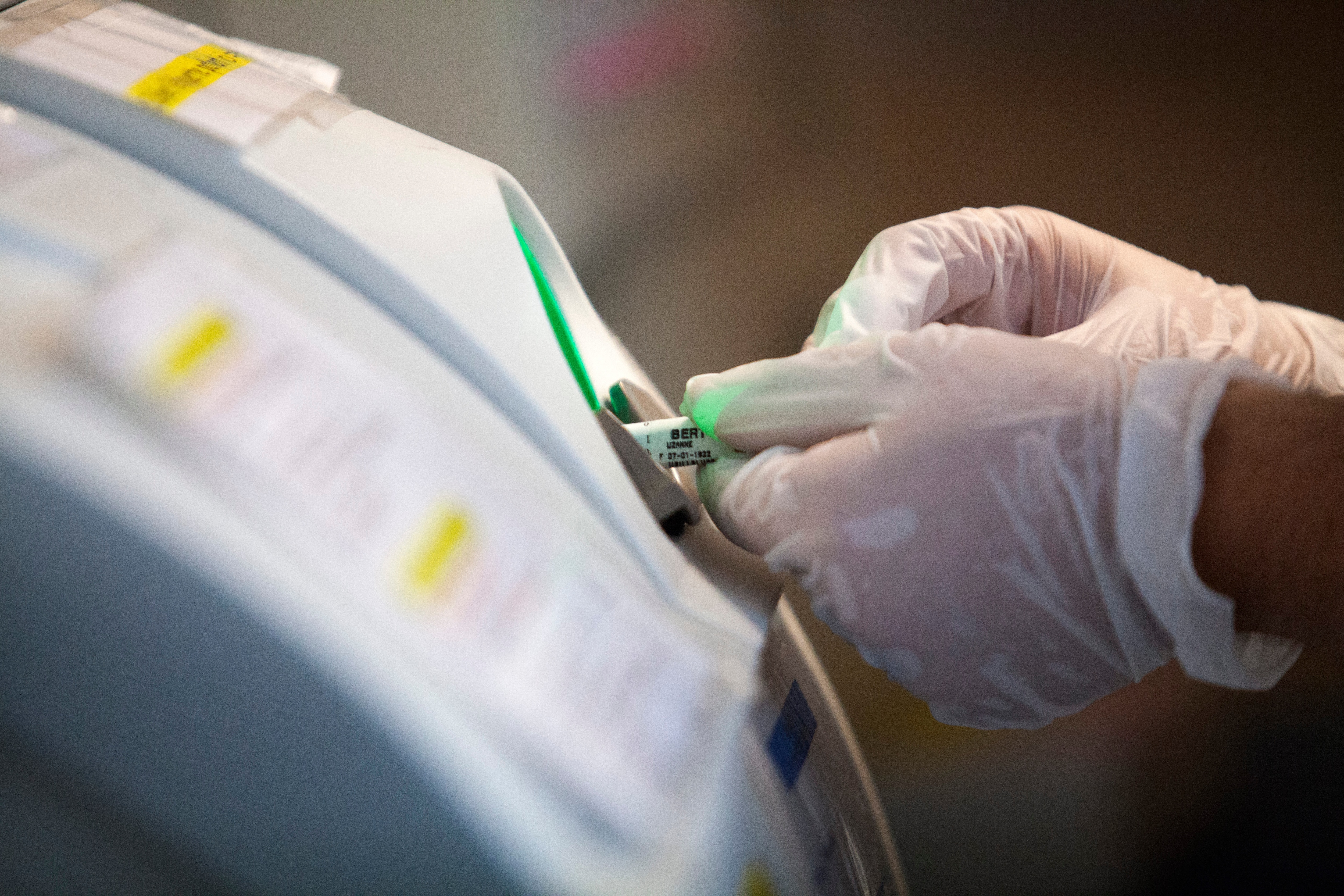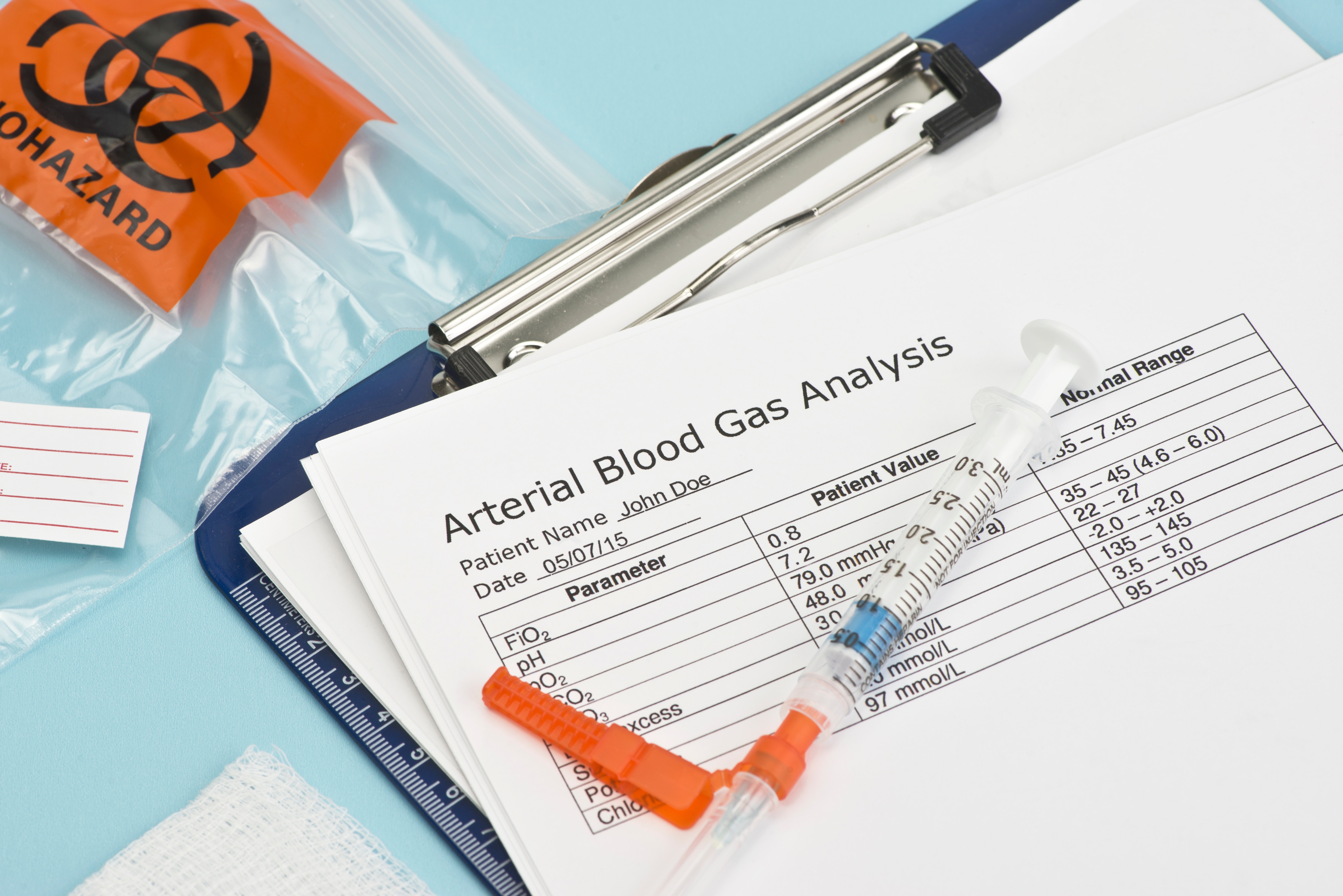

This originates from metabolism, where bundled carbon is absorbed via food and released as carbon dioxide via the breath. The concentration of both gases and their ratio to each other plays an important role in healthy body functions. For example, the acid-base balance of the body is controlled by it, which has a great influence on the pH value and blood pressure.

For example, special gas-tight syringes are used to avoid adulteration of the sample with outside air. Furthermore, the blood sample must be properly mixed immediately after collection, otherwise sedimentation will occur, resulting in an inhomogeneous sample. If the sample is mixed too intensively, this can also lead to the dissolution of the red blood cells to which the oxygen is bound. To ensure a stable quality of the measurements, the analyzers must be calibrated very frequently. If the blood samples have to be stored because of this, this can also lead to inhomogeneity or even destruction of the sample.

Nevertheless, the CO₂ content in blood is more meaningful and less dependent on other factors than its concentration in breath. For this reason, transcutaneous blood gas analysis has become established in recent years - particularly in intensive care medicine. Additional potential for this form of blood gas analysis is seen in the diagnosis of newborns or in sleep medicine. The avoidance of blood sampling and the possibility of real-time monitoring are the decisive advantages in many applications.

Therefore, these sensors have to be recalibrated quite extensively up to twice a day. This obviously represents an additional burden in everyday clinical practice. In contrast, CO₂ sensors based on the principle of optical spectroscopy require much less maintenance. These sensors also score points for their high measurement accuracy and low cross-interference. With the infrared source from Axetris, such systems based on non-dispersive infrared spectroscopy (NDIR) or photoacoustic spectroscopy (PAS) can be perfectly realized.